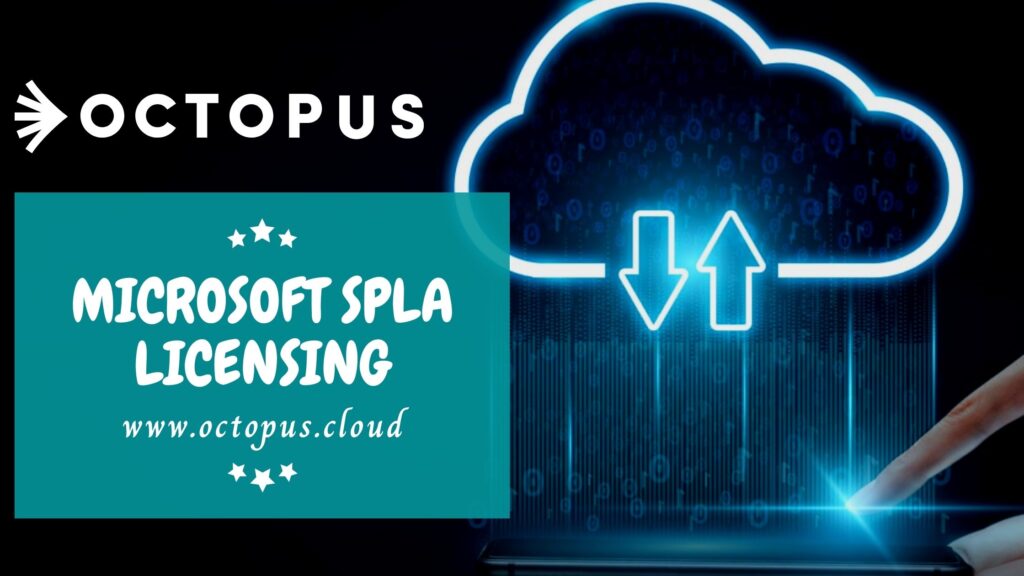What is SPLA? And how does Microsoft audit SPLA work?
SPLA is a licensing program that provides a hosting offer to service providers and independent software providers to rent or prove lease to the Microsoft products every month to the end customers. To get this license you must enroll in the Microsoft Partner Network, Sign a Microsoft Business and Service Agreement, and Designate an SPLA reseller. This license gives you the ability to play as a middleman for Microsoft if your work involves some element of hosting applications, data, or websites.

To put it simply you can provide the software that you have purchased to your end-users and charge them monthly for your software as a service.
Working on SPLA audit?
SPLA audit is used to disclose the complexity of the software contract that you have signed up for and the reason for these audits is to ensure compliance and to confirm that the Microsoft Business and Service Agreement provides them with the right to audit their customers.

The process of the Microsoft SPLA audit is similar to a regular audit. It is done when Microsoft suspects that the customer is significantly out of compliance. In that case, the company involved is asked to cooperate and perform a self-audit and then report the result.
The auditing workflow is done in the following 9 steps:
- Microsoft LCC sends an audit notification letter to the licensee.
- Audit firm then conducts kick-off and scoping calls.
- The customer then performs the discovery & data collection.
- Once the audit firm analyses data they put together a report and deliver the report known as ELP(s).
- Then the customer provides feedback on draft license position(s).
- Audit firm presents final ELP on a 3-way call with Microsoft and Licensee.
- Microsoft sends a financial summary of audit findings to the licensee.
- Microsoft and licensee negotiate a favorable settlement.
- And then Microsoft LCC issues a closing letter.
See here: How to avoid Microsoft audit penalties even if you find a mistake?
